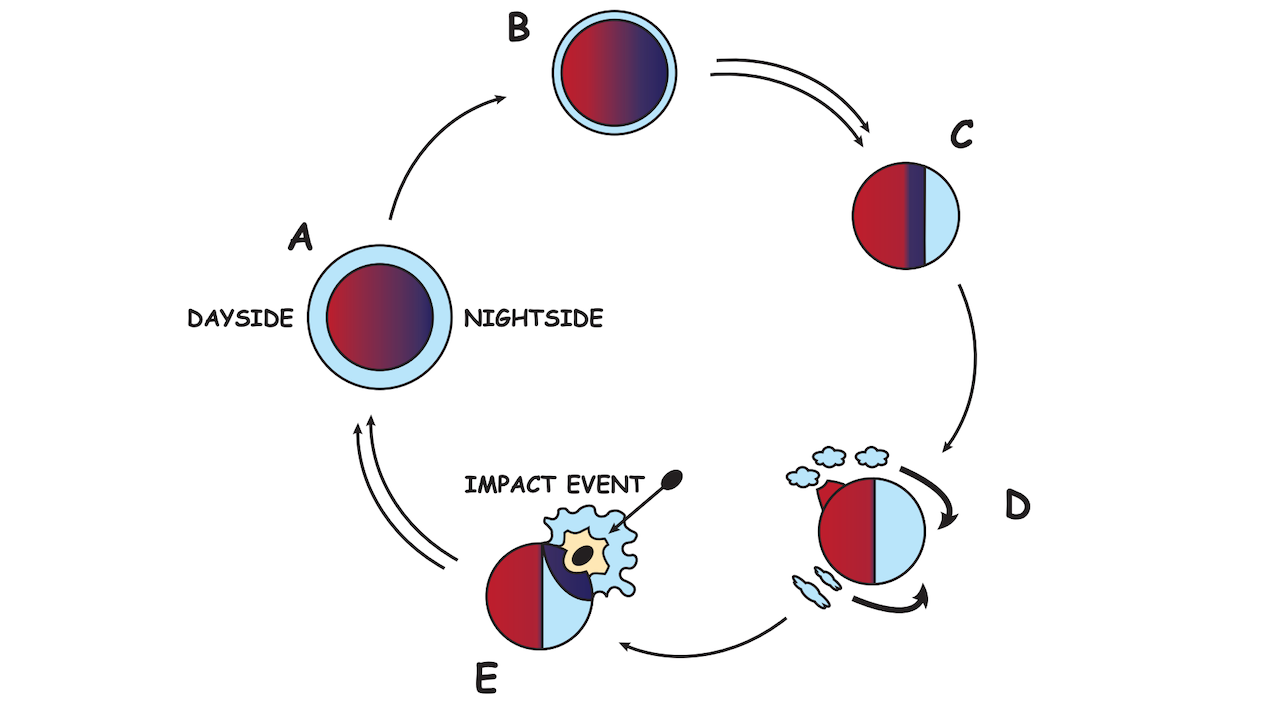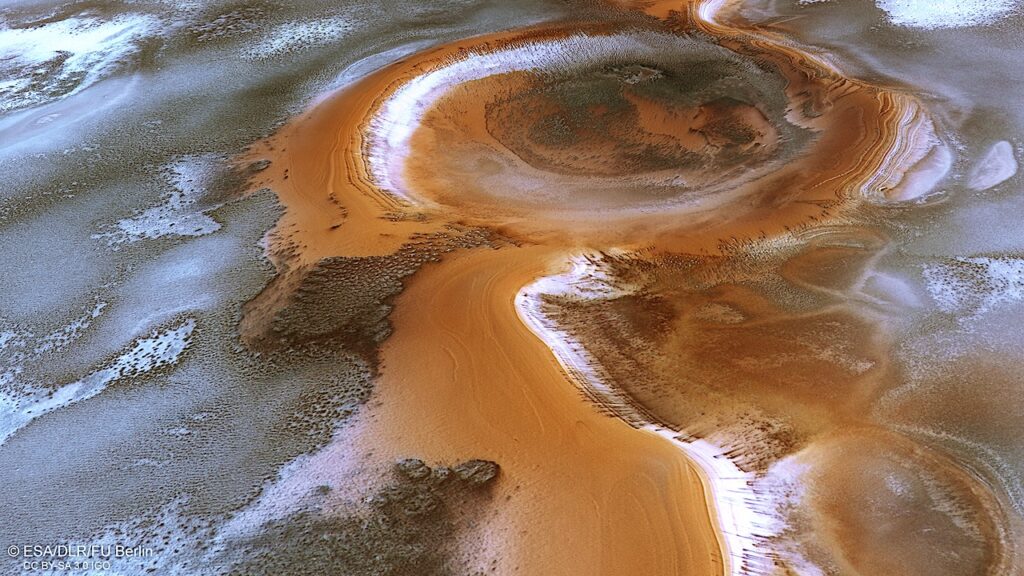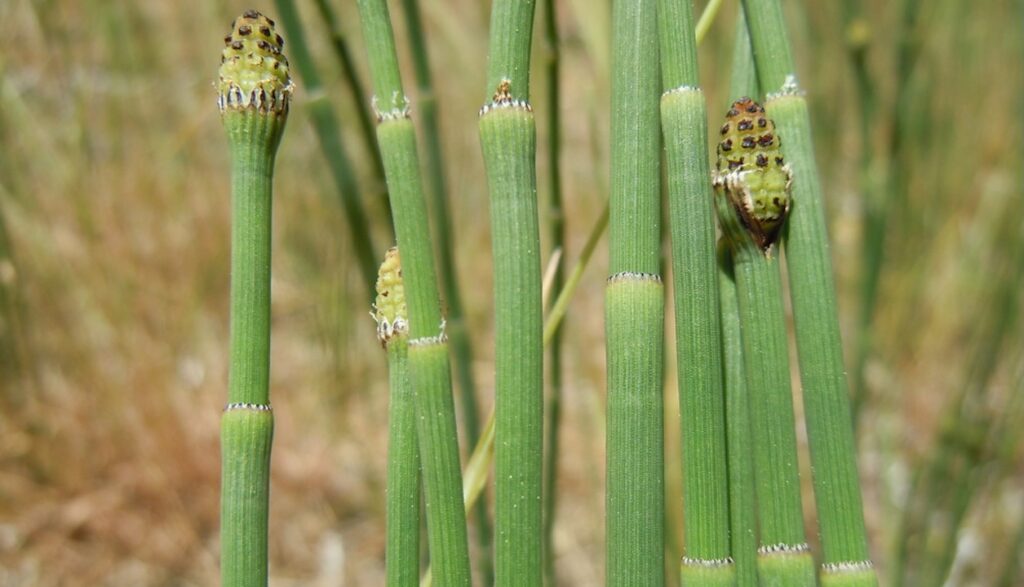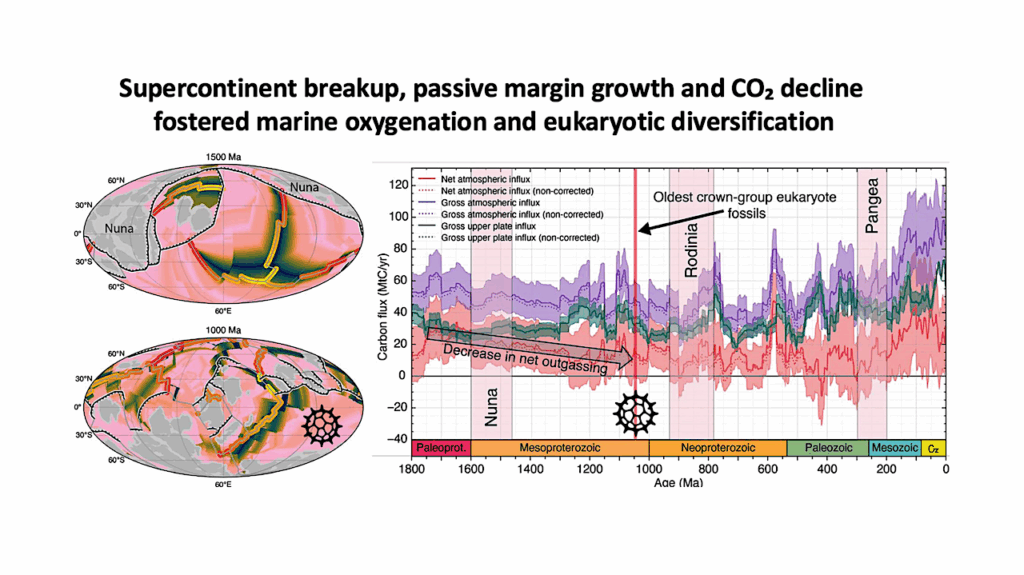Atmospheric Collapse And re-inflation Through Impacts For Terrestrial Planets Around M Dwarfs

Detection of an atmosphere around a terrestrial exoplanet will be a major milestone in the field, but our observational capacities are biased towards to tidally locked, close-in planets orbiting M-dwarf stars.
The atmospheres of these planets are vulnerable to atmospheric erosion and collapse due to condensation of volatiles on the nightside. However, these collapsed volatiles accumulated as nightside ice constitute a stable reservoir that could be re-vaporised by meteorite impacts and re-establish the atmospheres.
Through a simple energy balance model applied to atmospheric evolution simulations with stochastic impacts, we assess the viability and importance of this mechanism for CO2 atmospheres.
We find that moderate-sized impactors (5−10km diameter) occurring at a frequency of 1−100Gyr−1 can regenerate observable transient atmospheres on previously airless planets. We focus on specific targets from the JWST DDT Rocky Worlds programme, and compute the fraction of their evolution spent with a transient CO2 atmosphere generated through this mechanism.
We find this fraction can reach 70% for GJ 3929 b, 50% for LTT 1445 Ac, 80% for LTT 1445 Ab, at high impact rates and strong CO2 outgassing over the planet’s lifetime. We also show that atmospheric collapse can shield volatiles from escape, particularly in the early, high-XUV phase of M-dwarf evolution.
Overall, our work suggests that terrestrial planet atmospheres may not evolve monotonically but instead may be shaped by episodic external forcings.
Prune C. August, Robin Wordsworth, Mikayla Huffman, David Brain, Lars A. Buchhave
Comments: 12 pages, 5 figures, 1 table. Submitted to ApJL
Subjects: Earth and Planetary Astrophysics (astro-ph.EP)
Cite as: arXiv:2510.25896 [astro-ph.EP] (or arXiv:2510.25896v1 [astro-ph.EP] for this version)
https://doi.org/10.48550/arXiv.2510.25896
Focus to learn more
Submission history
From: Prune Camille August
[v1] Wed, 29 Oct 2025 18:54:52 UTC (2,115 KB)
https://arxiv.org/abs/2510.25896
Astrobiology,








